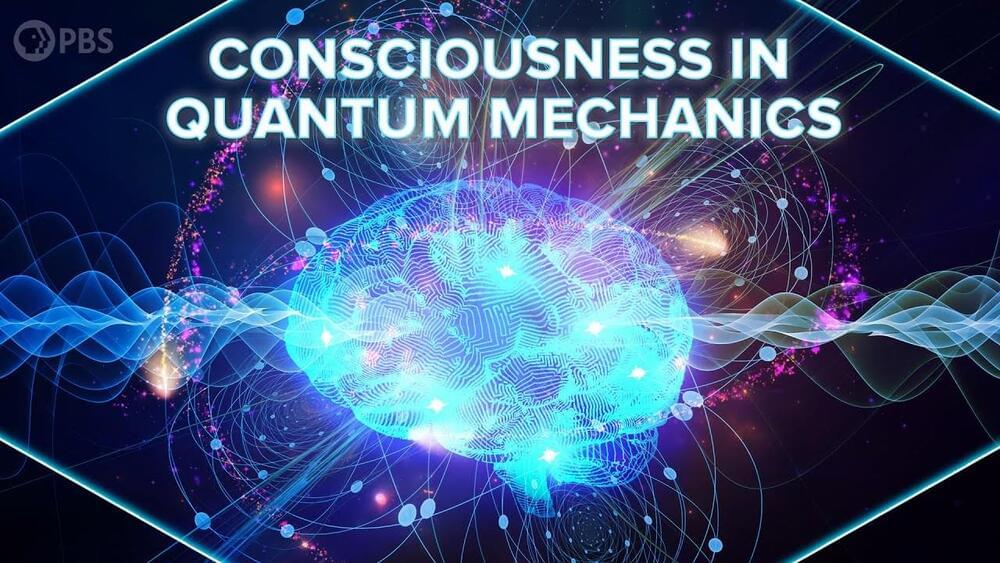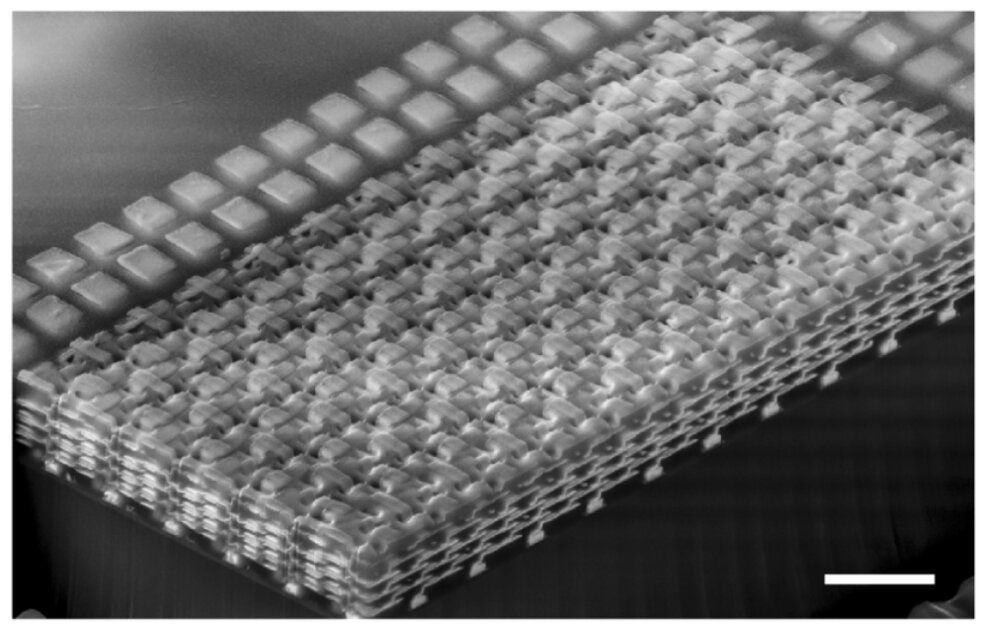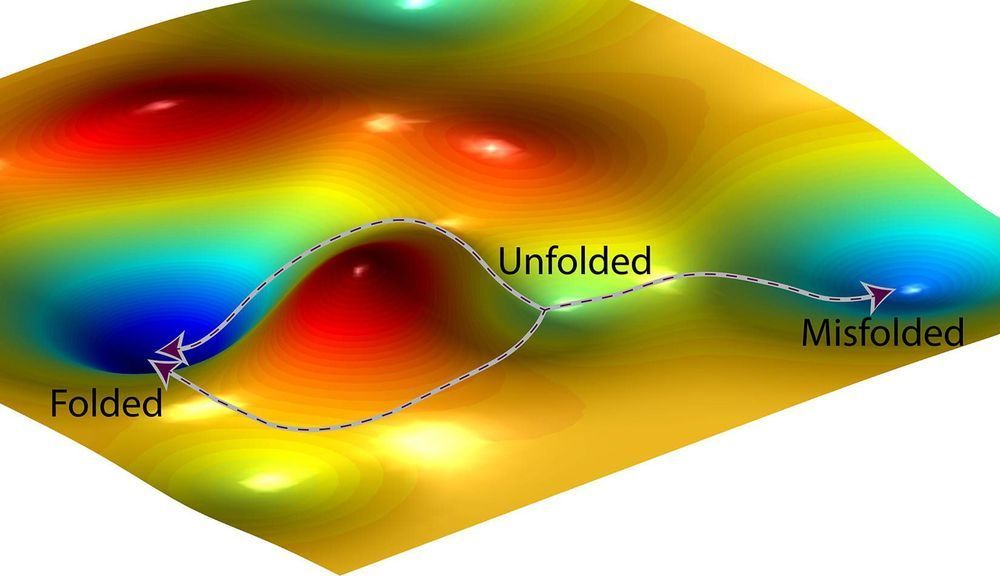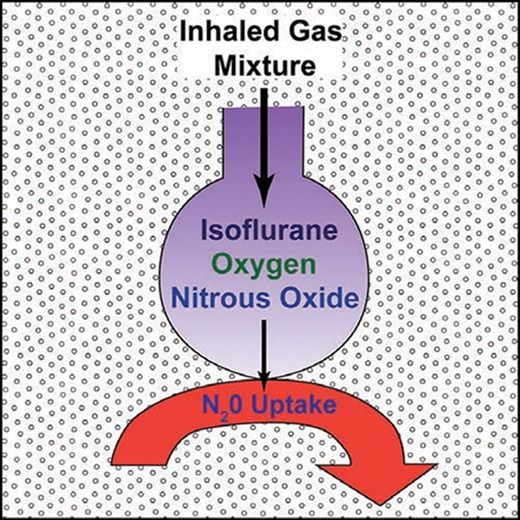May 5, 2020
Mathematician discusses solving a seemingly unsolvable equation
Posted by Quinn Sena in categories: information science, mathematics, particle physics
Circa 2018
After 10 years, Prof. Raimar Wulkenhaar from the University of Münster’s Mathematical Institute and his colleague Dr. Erik Panzer from the University of Oxford have solved a mathematical equation which was considered to be unsolvable. The equation is to be used to find answers to questions posed by elementary particle physics. In this interview with Christina Heimken, Wulkenhaar looks back on the challenges encountered in looking for the formula for a solution and he explains why the work is not yet finished.
You worked on the solution to the equation for 10 years. What made this equation so difficult to solve?
Continue reading “Mathematician discusses solving a seemingly unsolvable equation” »

















